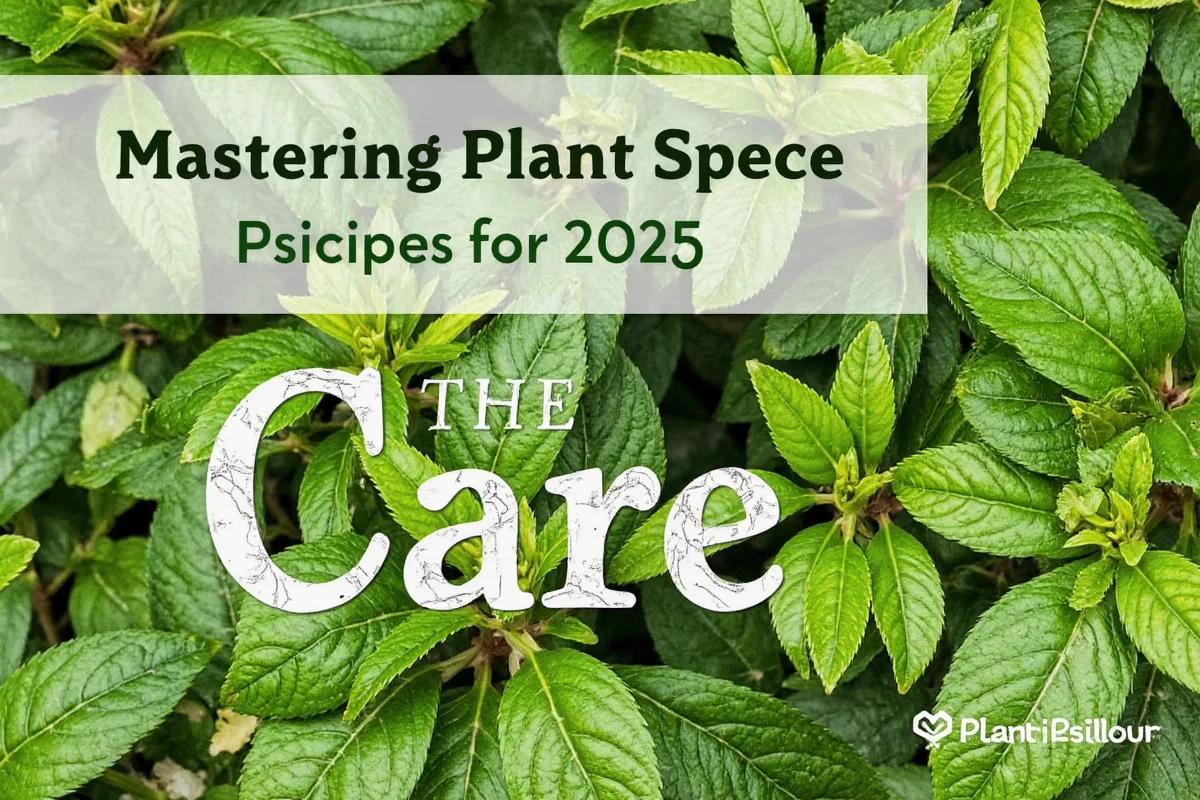Pests can pose a serious threat to the health of your succulents and cacti, often going unnoticed until they inflict significant damage. These resilient plants find themselves vulnerable to several common pests like mealybugs, spider mites, aphids, and scale insects. This article delves into straightforward strategies to keep your beloved succulents and cacti safe from these tiny invaders. Below, you'll find key insights on how to identify, prevent, and effectively control pest infestations while maintaining the vibrant beauty of your plants.
Understanding Common Pests
- Mealybugs: These pests are small, white, cotton-like insects that generally hide in the crevices of succulents and cacti, often causing distorted growth.
- Spider Mites: Spider mites are tiny, often visible as tiny red or brown moving dots. They spin webs around plant stems and leaves and can cause discoloration or stippling.
- Aphids: Typically appearing as small green or black insects, aphids suck on plant juices, causing leaves to curl and turn yellow.
- Scale Insects: Scale insects appear as tiny brown or gray lumps, and they tend to remain stationary on stems and leaves, extracting vital plant sap.
Understanding these common pests is vital for protecting your plant collections. Once you know what to look for, it's easier to formulate an effective plan for managing these unwelcome visitors.
Identification Techniques
Recognizing a pest problem early can be the difference between saving your succulents and facing extensive damage. Here's how you can accurately identify these pests:
- Regular Inspection: Ensuring a regular check of your plants helps you catch pests early. Look for unusual spots, discoloration, or webbing.
- Using Magnification: A magnifying glass can help spot tiny insects like spider mites or distinguish between pest types for accurate identification.
- Identifying Symptoms: Look for signs such as curling leaves, white cottony mass, sticky residue (honeydew), or sudden leaf drop.
- Consulting Resources: Use books, gardening manuals, or online resources to match the visual symptoms to known pest descriptions.
Proper identification enables an effective treatment plan, reducing unnecessary chemical use and ensuring that the right steps are taken to combat specific pests.
Preventive Measures
Prevention is always better than cure when it comes to dealing with plant pests. Implementing strategic routines can help keep these critters at bay:
- Proper Spacing: Ensure adequate spacing between plants for good airflow, which reduces humidity and pest attraction.
- Regular Cleaning: Clean leaves and pots regularly to remove potential hiding spots for pests.
- Watering Practices: Watering only when necessary keeps succulents dry, minimizing pest establishment.
- Natural Predators: Encourage beneficial insects like ladybugs or predatory mites that feed on pests.
- Isolation Protocol: Isolate new or affected plants until they are confirmed pest-free.
These preventive strategies fortify your plants against pests, keeping your garden healthy and vibrant with minimal interventions.
Natural Control Methods
Employing natural controls can be a gentle and eco-friendly way to manage pests without resorting to harsh chemicals. Consider the following methods:
- Neem Oil Application: Neem oil is a natural insecticide that disrupts pest life cycles without harming beneficial insects.
- Insecticidal Soap: Using soap that targets soft-bodied insects can eliminate pests without damaging plants.
- Homemade Remedies: Mix water with dish soap or garlic to create a spray that repels common pests.
- Diatomaceous Earth: A natural powder that dehydrates pests on contact and is safe for humans and pets.
- Beneficial bugs: Introduce natural predators such as ladybugs to manage aphid populations effectively.
Natural methods are often ideal for sensitive plants, rallying nature's own pest control forces to work for you.
Chemical Controls and When to Use Them
At times, pest infestations may become severe, necessitating chemical interventions. Here’s how to manage using chemical controls:
- Spot Treatment: Focus on localized application to minimize broader ecosystem impact.
- Read Labels: Ensure the product is suitable for succulents and follow exact instructions.
- Pest-Specific Solutions: Choose treatments targeting your identified pest for effective control.
- Monitoring Impact: Regularly check plants to observe effects and re-evaluate treatment if necessary.
- Professional Assistance: For extensive infestations, consult a professional to reduce plant risk and optimize chemical use.
Always exercise caution with chemicals, prioritizing safety for your plants, pets, and household environment.
Safeguarding your succulents and cacti from pests involves a comprehensive approach combining identification, prevention, and control strategies. Through careful monitoring and timely interventions, you can maintain the health and beauty of your collection. Whether employing natural methods or moderate chemical use, understanding your options empowers you to effectively combat these garden adversaries while preserving the balance of your home environment.











 浙公网安备
33010002000092号
浙公网安备
33010002000092号 浙B2-20120091-4
浙B2-20120091-4